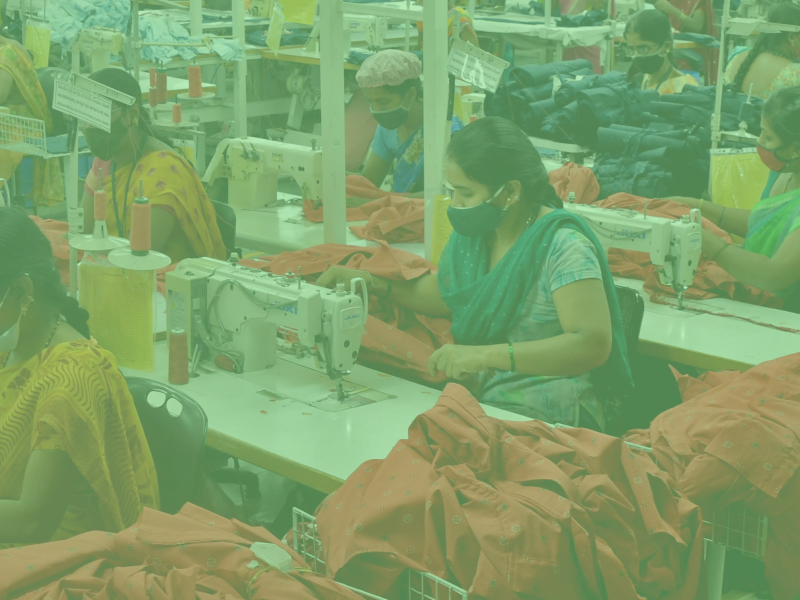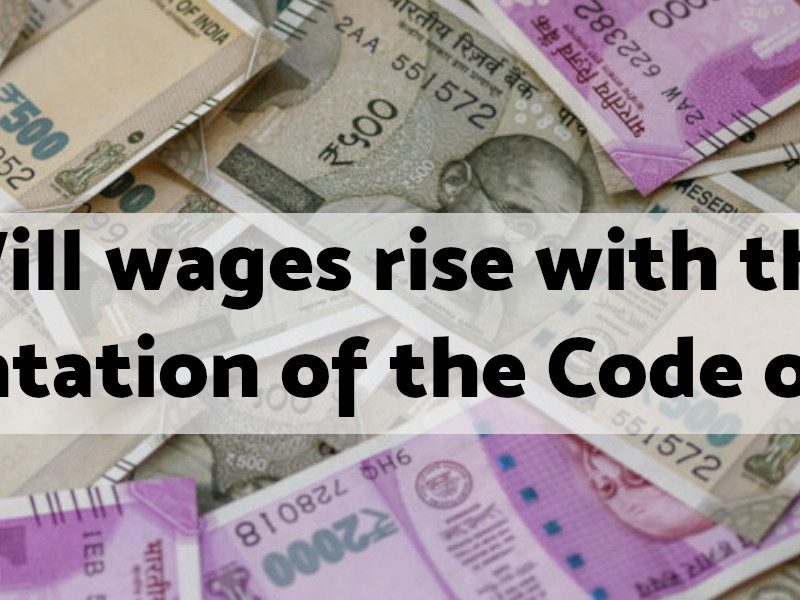On the midnight of 14th August 1947, in his speech to the Constituent assembly, Nehru said:
“Long years ago we made a tryst with destiny, and now the time comes when we shall redeem our pledge, not wholly or in full measure, but very substantially. At the stroke of the midnight hour, when the world sleeps, India will awake to life and freedom …
… The future beckons to us. Whither do we go and what shall be our endeavour? To bring freedom and opportunity to the common man, to the peasants and workers of India; to fight and end poverty and ignorance and disease; to build up a prosperous, democratic and progressive nation, and to create social, economic and political institutions which will ensure justice and fullness of life to every man and woman.”
The Planning Commission was set up in 1950 to raise the standard of living of all by efficiently exploiting the country’s material and human resources, boosting production, and creating employment opportunities for all. Along with this came the inspectorates that were meant to regulate the workplace, including the private sector, with strong deterrents, to fight and end poverty and to bring freedom and opportunity to the peasants and workers of India. These regulatory institutions that Nehru envisioned became the monsters of the 1990s.
Slaying the Monster – Ending Inspector Raj
The New Industrial Policy of 1991 drafted by finance minister Dr Manmohan Singh under the Prime Ministership of P V Narasimha Rao ushered in the first wave of comprehensive changes in economic regulation in the country that went on to be termed as the LPG (Liberalisation, Privatisation, Globalisation) package. It widened the role of the private sector (or limited the role of Public sector through divestment), eased foreign investment, and abolished industrial licensing in most sectors. Thus began the journey of dismantling every institution that aimed to build “…a prosperous, democratic and progressive nation”.
Successive governments since the 1990 irrespective of their political affiliation have devoted their time in office in advancing this agenda and as a consequence today India’s richest 1 per cent holds more than four-times the wealth held by 953 million people, who make up for the bottom 70 per cent of the country’s population. And the top 10 per cent of the population holds over 74% of the total national wealth. India’s Gini coefficient went up from 0.43 in 1995–96 to 0.832 in 2020. Gini coefficient is a statistical measure to represent income inequality within a country. When the Gini coefficient is 0 (zero), it represents perfect equality, where every person has equal income. Conversely, a Gini coefficient of 1 (one) represents maximum inequality – where one person holds the wealth of the entire country. The closer we move to 1, our country tends to be more unequal with a small number of extremely rich people and a huge impoverished population. So what we can see from the figures is that in the period from 1995 to 2020, as the country has been more deregulated and liberalised, inequality has soared.
For the first four decades after independence, the private sector lobbied and struggled to get rid of the regulatory mechanisms to earn unbridled profits at the cost of people who produced it. The LPG package of 1991 created this opportunity but one thorn remained for employers – strict labour laws protecting worker rights. Strong trade unions and fear of mass upsurge prevented successive governments from dismantling the labour laws.
Riding high on mass popular wave, one of the first step that the Narendra Modi government took was to disband the Planning Commission and then followed it by launching their Ease of Doing Business programme with labour law reform at its core. What Manmohan Singh and PV Narasimha Rao began but failed to do, the Narendra Modi government completed. The Code on Occupational Safety, Health and Working Conditions has replaced Labour inspectors by Labour inspectors-cum- facilitators thereby slaying the last monster of the Nehruvian era.
Facilitating Ease of Business
The International Labour Organaisation (ILO) passed its Labour Inspection Convention (C081) in 1947 but it came into effect in 1949 with India being one among the 7 countries that ratified it that year. The Convention requires the ratifying member countries to maintain a system of labour inspection in industrial workplaces that will:
- secure the enforcement of the legal provisions relating to conditions of work and the protection of workers while engaged in their work, such as provisions relating to hours, wages, safety, health and welfare, the employment of children and young persons, and other connected matters, in so far as such provisions are enforceable by labour inspectors;
- supply technical information and advice to employers and workers concerning the most effective means of complying with the legal provisions;
- bring to the notice of the competent authority defects or abuses not specifically covered by existing legal provisions.
The convention also requires inspection staff to be public officials whose status and conditions of service are such that they are assured of stability of employment and are independent of changes of government and of improper external influences to ensure their autonomy. And most importantly, the convention specifies the power of the inspector:
- to interrogate, alone or in the presence of witnesses, the employer or the staff of the undertaking on any matters concerning the application of the legal provisions;
- to require the production of any books, registers or other documents the keeping of which is prescribed by national laws or regulations relating to conditions of work, in order to see that they are in conformity with the legal provisions, and to copy such documents or make extracts from them;
- to enforce the posting of notices required by the legal provisions;
- to take or remove for purposes of analysis samples of materials and substances used or handled, subject to the employer or his representative being notified of any samples or substances taken or removed for such purpose.
The Code on OSH not just changed the name of the inspector – it ripped all powers from the inspectorate and left it toothless.
| INSPECTOR-CUM-FACILITATORS | |
| CAN | CAN NOT |
| Conduct Inspection only after Informing the Employer | Enter Workplaces Freely and Conduct Random Inspections |
| Provide Opportunity to Employers to Comply with Law before any Prosecution | Take immediate legal action against Employers in case of violation |
| Pardon Employers for Violation if they Comply within given time | Verify compliance with law with the introduction of self-certification and private audit. |
Thus the role of the inspector has been restructured and redefined from being a regulatory institution to uphold labour laws in order to ensure a balance of power between labour and capital to that which facilitates ease of business at the expense of labour rights.
This is however only the first step towards the total dismantling of the regulatory system. The introduction of self certification and private audit is the way towards privatisation of the regulatory function of government.
The new codes allow employers of start-up companies and any other enterprises as may be notified by government, state or central, to opt for third party audit and certification for compliance to labour codes which then can be filed to the Inspector cum facilitator. This creates a parallel private mechanism of regulation. This compliance certification process cannot be independent and unbiased as the enterprise seeking the certification has the right to choose the agency and will pay for it, unlike in the case of the labour inspectorate. This, thus, paves the path for profit-making privatised institutional corruption to eliminate the so-called Inspector Raj, an institution that allowed individual corruption.
Government of the People, By the People
The present government is definitely of the people and by the people given the overwhelming support it won from a majority of voters. It enjoys our mandate and our confidence. With this mandate behind them, the government has rolled out the 4 labour codes that will amidst the raging pandemic that will skew the balance of power forever between capital and labour. The labour codes favour big capital while pauperising the working people. To go back to the data on inequality, with India (with a Gini coefficient of 0.83) inching towards a perfectly unequal society, the labour codes are a sure prescription towards this. Whatever it may be, this government is certainly not For the People.


